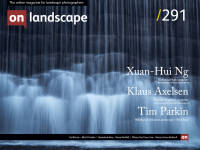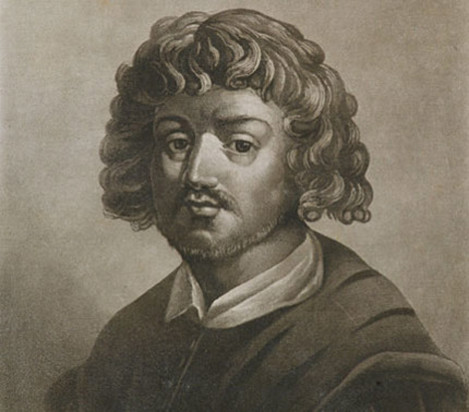Claude Lorrain

Tim Parkin
Tim Parkin is a British landscape photographer, writer, and editor best known as the co-founder of On Landscape magazine, where he explores the art and practice of photographing the natural world. His work is thoughtful and carefully crafted, often focusing on subtle details and quiet moments in the landscape rather than dramatic vistas. Alongside his photography and writing, he co-founded the Natural Landscape Photography Awards, serves as a judge for other international competitions. Through all these projects, Parkin has become a respected and influential voice in contemporary landscape photography.
Continuing our look at the history of landscape, I was looking for the next significant artists or art after the Dutch Golden Age, which I talked about in the previous article. In most of the books on art that I’ve seen, Claude ‘Lorrain’ Gellée gets mentioned repeatedly as the artist who raised landscape painting up to be considered a significant art form and who gets ‘rediscovered’ during the romantic period by Constable, Gainsborough, Turner, etc.
If you'd like to take a look at these three previous article, the links are here:-
If you'd like to take a look at these two articles the links are here :-
Issue 215 - Part One - The Foundations
Issue 220 - Part Two - The Birth of Landscape
Issue 253 - Part Three - The History of Art and Landscape, Dutch Golden Age
Introduction
Claude Lorrain’s legacy can be summarised as a perfecting of the ‘ideal landscape’. Inspired by the best of the Italian landscape, he created scenes with immersive, divine light and exquisite balance. Constable said he was “The most perfect landscape painter the world has ever seen". But I wanted to know how he became so influential through the age, even today.
Claude 'Lorrain' Gellée (1604-1682)
A little background first. Claude’s full name is Claude Gellée, but he was named from his birth place, Lorraine in France. He was born around 1600 and was orphaned at the age of twelve and subsequently went to live with his older brother, who was himself an artist in inlay work and probably taught Claude some sketching. However, his first trade was as a pâtissiers (mmm, cake) and his move to Italy, when he was around 16/17, was on the back of this skill where he was employed by Goffredo Wals and then Agostino Tassi, who made him an apprentice. Both Wals and Tassi were landscapists, Wals on small scenes and Tassi on larger frescoes.
When he was around 21, he returned to France to become an apprentice to the Duke of Lorraine but shortly moved back to Rome, where he remained for the rest of his life.


